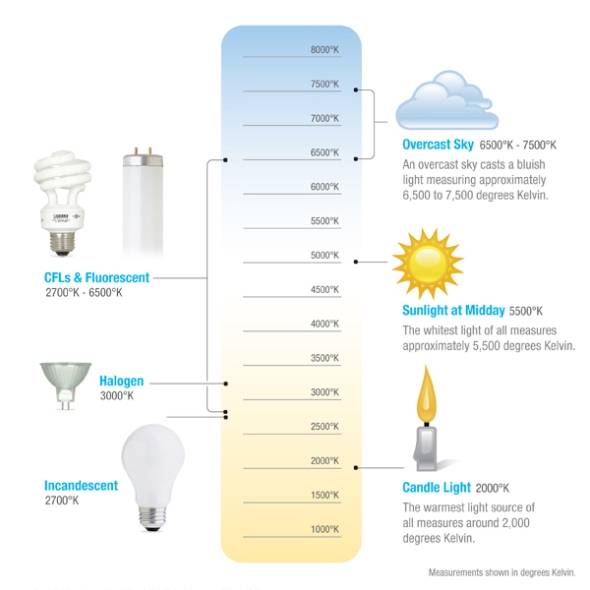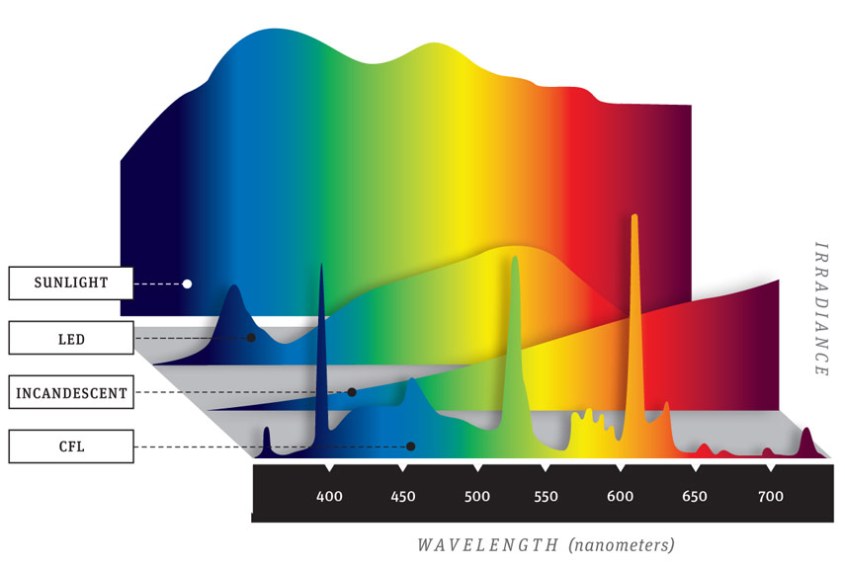5.13.2012 – Sunday
As readers of this blog will know, the cabin uses two electrical system that have a shared power supply. Each system is connected at the buss bars over the battery bank. While the 3000W pure sine wave inverter is run occasionally (well pump, microwave, TV, lights and fans during the evening hours) the 12V system is on all the time. I am a fan of ‘form follows function’ and believe that the most eloquent designs are the simplest and most appealing to the eye. Take a look at the wall with the inverter and you’ll note how I’ve kept things as clean and organized as possible without compromising safety or function.
So then, with this atitude toward simplicity why all the trouble and fuss of adding two electrical systems – 12V and 110V? Well, both have their own set of advantages and disadvantages. 12V is low-power, super efficient for small electrical loads, but poor at transmitting significant power – especially over distances. 110V is great at running heavy loads, transmitting power over distances efficiently, but in order to have that power on demand a 50-70W phantom load (baseline) is required to keep all the electronics humming and ready to convert 12V DC to 110V AC – not too good a thing when running small loads for extended periods of time.
The solution I sought out was not to compromise, but have the best of both. This also meant a lot of extra work, higher overall cost, but greater efficiency, and expanded capability from our off-grid power system. The 12V system was initially conceived out of the goal of making the cabin and garage look ‘lived in’ or ‘used’ whether or not someone is presently at the cabin. This goal was achieved with the installation of several lights on the garage, the all-star from this install being the 12V motion light on the front of the garage. The garage was relatively easy to wire since the attic is completely open and easily accessible from an access panel in the ceiling. This was the initial foray into 12V DC wiring and lighting. The success of this first install and overall function was so favorable that I began drawing up plans to add 12V to the cabin.
For the cabin, the install was much more difficult. A junction box was added to the attic in the garage, tapping into the existing 12V wiring in the garage. From there the wire was run down the wall, then out the side of the garage, trenched underground between cabin and garage, and into the cabin basement to a corresponding junction box. And wiring in the cabin was still needed – this was only the step that brought 12V power to the cabin. A lot of trouble for a few lights. But this most recent 12V wiring install ended up providing a fused junction box with the capability to wire in six independently fused 12V lines in the cabin. Currently there are two lines wired in. The first is the kitchen LED light fixture on Flexcharge 12V timer. The second is a series of four automotive DC outlets that are part of a charging station at the top of the basement stairs. The timer, fused junction box, and automotive outlets are still technically ‘a work in progress’ so I haven’t posted on them yet. This winter we studded out the basement, insulated the walls, wired a dozen or more AC outlets and rewired a few light switches. On the agenda for this year is to panel the basement (pine paneling for the stairway, four different sizes of white-ash paneling for the basement, and rough cut for the firewood room). When things come together, and the 12V electrical components are permanently fixed to the wall, I’ll prepare a proper post with some pictures. For now here is an excerpt from an updated wiring diagram:
Performance of 12V:
Running the LED lights straight off of the batteries has so far yielded no problems. With LEDs advancing as they have there have been no compromises (except for initial cost at the time of purchase). As far as lighting goes, nothing weird happens with flickering or dimming lights. The only odd behavior occurred when I plugged in a NiMH batter charger into the automotive outlet of the charging station. The pulse charging from the AA/AAA charger managed to flicker the kitchen lights. It was just enough to be noticeable. Suspect appliances like this could be direct wired to the battery with their own fused line, but at this time I don’t have enough ambition to wire in a separate line (even though there is a second line buried in case something like this happened). It’s easy enough just to charge batteries during the day or when we’re asleep. The long run from the batteries in the garage, up to the attic, down the wall, underground 30-40 feet to the cabin, and then 20 more feet to the fuse block using 14-3 trench log and 18 AWG track lighting wire + another 30 feet to the interior lights and outlets has not resulted in any performance issues other than the very specific AA/AAA charger/flickering issue. Also, using traditional 110V light switches has not been an issue either. As others have suggested, AC switches may not have the expected lifespan when used in a DC system if the DC voltage is >25% the rated AC voltage of the switch. So far I can attest to no issues when following this rule.
Lighting Characteristics of LEDs:
Before I start talking about lumens and the kelvin scale take a look at this graphic:
My preference is to use lighting near 3000K for general purposes. This ‘warm’ lighting is great for a comfortable cabin adorned with wood paneling and flooring. In the kitchen and the bathroom I prefer light near 5000K to 6500K. This quality of lighting is cool and similar to ‘work bench’ lights. 6500K is great for seeing fine details, dirt, putting contacts in, et cetera. When selecting an LED to purchase trust the kelvin scale – DO NOT TRUST photos comparing several different light bulbs. On my DSLR camera I can manually set white balance – which also relies on the kelvin scale. If I were selling LED bulbs and want to make my bulb look better than the competition I would manually adjust white balance to make the LED light color characteristics look superior than the competition. One last consideration with LEDs is spectrum of light. Take a look at this graphic I borrowed from Popular Mechanics:
The important detail to take away from spectrum is that not all light sources that produce ‘white light’ do so in the same way. Since light is a balance of several colors there are infinite combinations and intensities of each color of light that can produce ‘white light’. This is why a 2700K fluorescent bulb, 2700K LED, and 2700K incandescent bulb can all look different to the human eye – despite having the same kelvin rating. If you can first see a bulb in person – do it. If you can’t, then rely on reviews and look for a kelvin rating. And always look for a lumen rating to determine how much output a bulb has.
Final thoughts on LEDs at the cabin:
The LEDs on the garage have handled the elements quite well. The RAB light fixtures housing the LEDs have also held up very well (good thing considering the cost). These MR16 style 2-pint base LEDs and fixtures have a slightly bluish tinge. I wouldn’t want that for interior lighting but for exterior lights the blue tinge makes the LEDs appear brighter than the 330 lumen rating and reminds me of mercury vapor yard lights – only on a much smaller scale. Inside, the triple LED fixture in the kitchen shines with 400 lumen 6500K LEDs with the E26 style screw in base. These bulbs were relatively affordable at $22 each and designed for use in campers. A conservative estimate puts the light output of 400 lumen of LED equivalent to a 30W incandescent bulb. In order to consider replacing standard light bulbs with LEDs the output is going to need to be 800-900 lumen range. The most promising replacement bulb for 110V AC applications at the moment is made by Philips. That bulb is 940 lumen, 2700K, and 10W – impressive stats. I think ultimately this bulb and others like it will lead the way in replacing CFLs. But presently at $50 I think we’re still 3-5 years away from LEDs gaining significant market share. Time will tell.


Anything new in the realm of 12V LED’s that you have found?
My son and I are furniture makers in the mountains of CA and we live off of the grid (solar with diesel generator backup). We do shows where lights are sometimes needed. We want to use the same light track for both 110 when it is available at indoor shows and 12V with a battery at the others. We would change the fixtures– those that have transformers and those that don’t.
Any thoughts on this? Also, we want narrow spots 12 degree.
I realize this may be out of your interest realm.
I love the photo of the cabin. Quite beautiful.
Best,
Robert Erickson
Erickson Woodworking
I haven’t given 12V LED a thought for a while. The last thing I looked at was tape lighting in a Lee Valley catalog… and that was a few months ago. However, from my work with 12V I don’t see why you couldn’t run the same lights with both 110V and 12V power sources – one would require the 110 to 12V transformer, and with a battery you could likely just run a fused line straight to the lights (no need for the transformer). I’m afraid I’m not much help finding a specific LED bulb or fixture. Perhaps a trip to a local big box hardware store and a walk down the track lighting section would be more useful for building a parts list.
I’m reasonably certain I found your website, and as a pharmacist with a passion for woodworking and the outdoors I find your process and your products inspiring. Cheers!
I’m trying to light my shed with solar panels and i keep getting mixed answer about 120v light switches. I would to know how you connect the load to the switch
When I sought expert answers on using AC switches in DC wiring I was told DC arcs more, resulting in a shorter lifespan of the switch. However, the lower the voltage the slower the wear and tear. 12V is low voltage and should be fine… If you want an even better answer, look into RV components since they commonly utilize 12V wiring for lighting. So far 120V switches have worked well at the cabin.